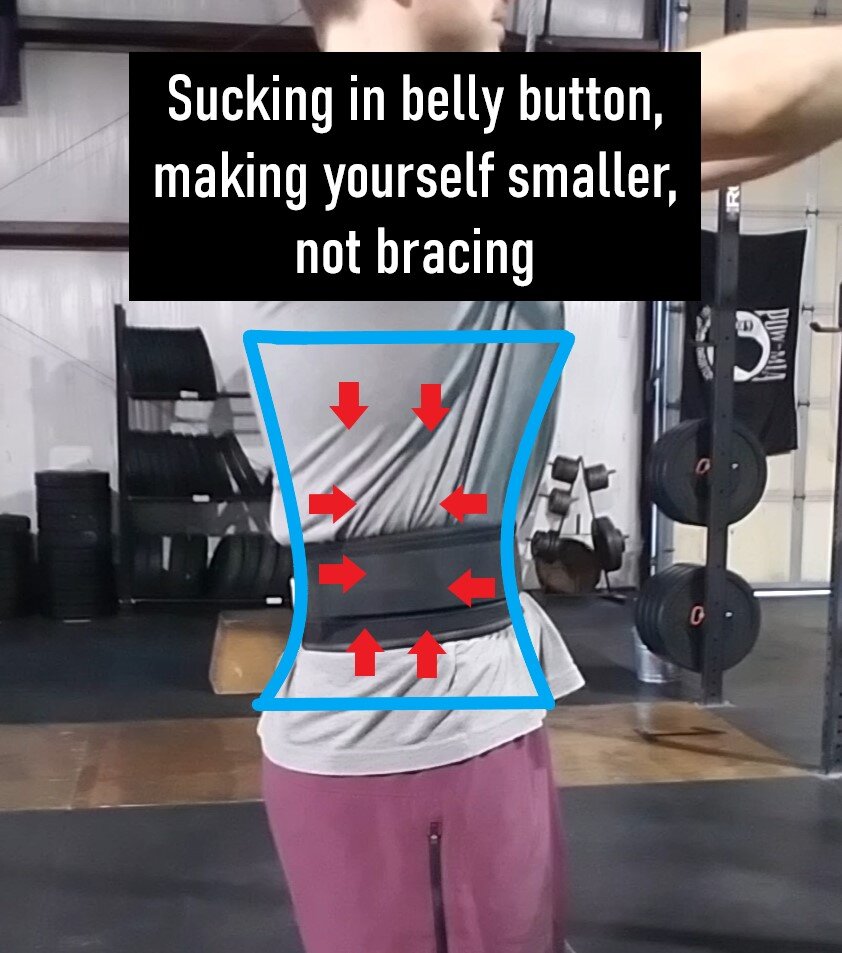Your body is like a bucket. No, I am not making a rude comment about your appearance. Think about a bucket. It holds water or whatever else you put into it. Super useful, but it can only hold a certain amount inside it.
Think of your muscles, tendons & ligaments as that bucket. They also have a set amount that they can hold or carry. We call this the 'capacity' of that tissue.
The "water" in the bucket is your training volume. Think lifting, wods, running, any kind of activity. We run into problems like injury and pain when we put too much "water" into the "bucket." That is, when our activity level exceeds what are body is currently capable of handling.
If you are consistently pouring more into your bucket than it can handle, you will find yourself constantly getting hurt or having a flare up of pain/swelling.
Well what do we do about this? There are 2 options;
Stop pouring so much water in
This means temporarily dialing back on the activities that are giving you problems
This break gives your body a chance to catch up & heal
Make your bucket able to hold more water
This means increasing your capacity
You have to mprove your technique, strength, flexibility, stamina, control, etc.
That way, your body can tolerate MORE before having painful symptoms
This process looks different based on your activity of choice, but these principles work 100% of the time.



























